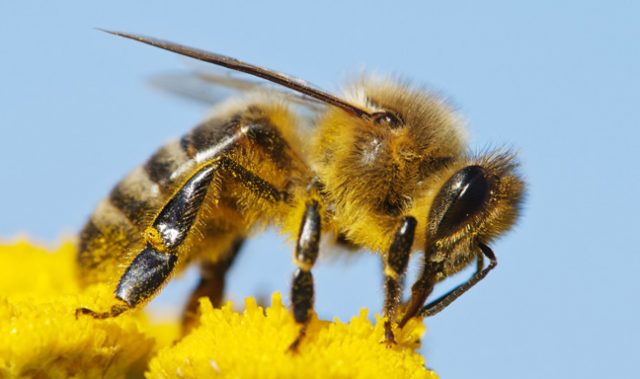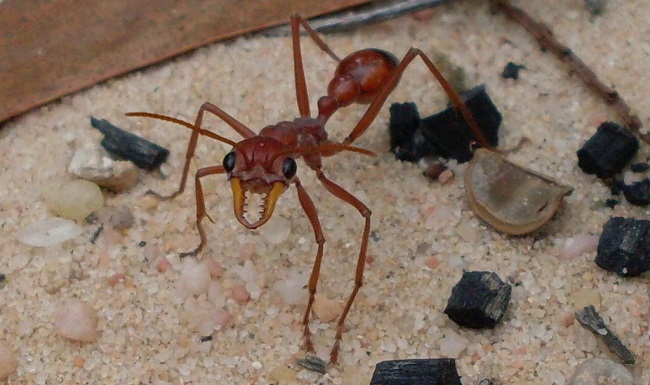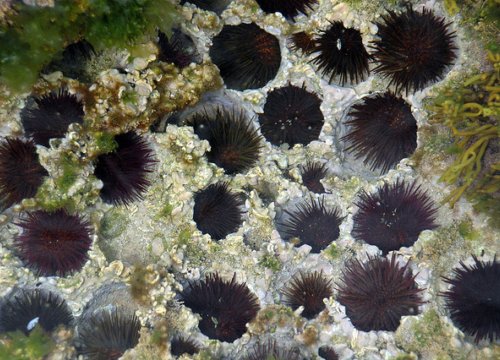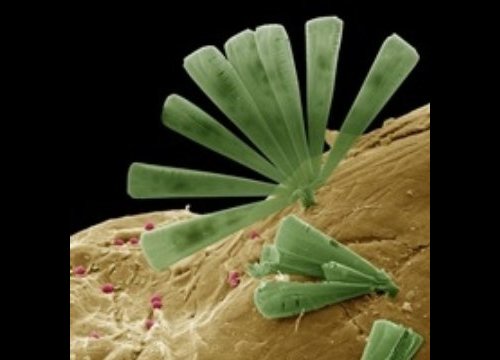
AsianScientist (Jun 23, 2014) – Few people would know that spiders can catch and eat fish-sometimes fish more than twice as long and four times as heavy as them-yet it is a widespread phenomenon and the subject of a paper recently published in the journal PLOS One.
In the paper, associate Professor Bradley Pusey, from The University of Western Australia’s Centre of Excellence in Natural Resource Management, with co-author Professor Martin Nyffeler, from the University of Basel in Switzerland, showed the large diversity of spider families engaged in fish predation.
The researchers describe almost 90 incidences of fish predation by five families of semi-aquatic spiders, observed at the fringes of shallow freshwater streams, rivers, lakes, ponds, swamps and fens and mostly in warmer places. They show that fish predation is geographically widespread, occurring on all continents except Antarctica. In most cases, the spiders eat fish in combination with other prey, mostly insects.
Vision plays a relatively minor role in prey detection. While some spiders rely on feeling ripples in the water made by their prey, most rely on the dorsal fin of a fish touching their outstretched legs. Some spiders anchor their hind legs to a stone or plant with their front legs resting on the surface of the water, ready to sense and ambush their fishy dinner.
While spiders usually feed on prey items that are smaller than themselves, some semi-aquatic spiders capture fish with bodies on average 2.2 times as long as the spiders. Some spiders even catch fish which are 4.5 times their weight.
Fishing spiders possess large strong mouthparts capable of piercing their preys’ skin and are equipped with powerful venoms containing hundreds of different neurotoxins, some of which are specific to vertebrate nervous systems. Most fish are bitten by the spiders at the base of the head; in some, death is sudden while in others, it can take almost an hour.
Once a spider catches its fish, it always drags it to a dry place before eating it. This is because the spider has to pump enzymes into its prey before it can be digested, and also because there is less chance of the fish getting away. It takes a spider many hours to consume a fish and the extra nutrients and calories in a fish compared to an insect may give the spider an advantage during the mating period.
The article can be found at: Nyffeler and Pusey. (2014) Fish Predation by Semi-Aquatic Spiders: A Global Pattern.
———
Source: University of Western Australia.
Disclaimer: This article does not necessarily reflect the views of AsianScientist or its staff.












